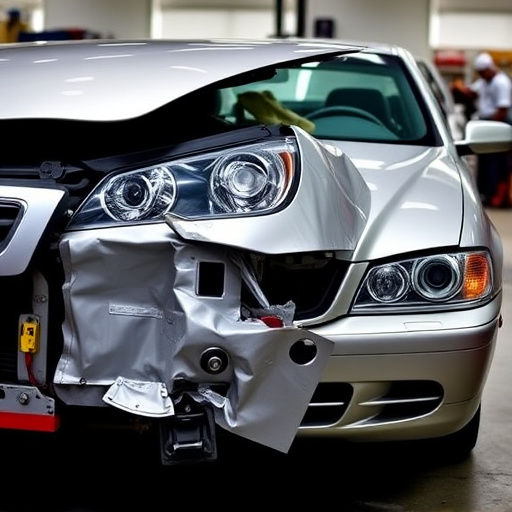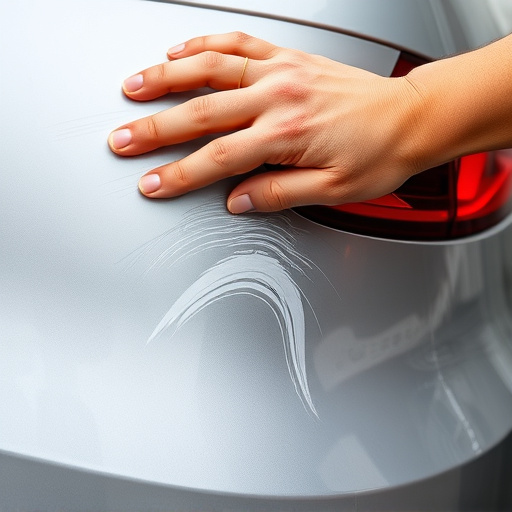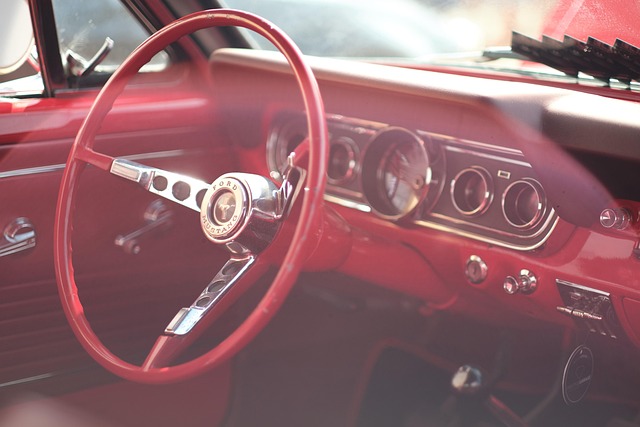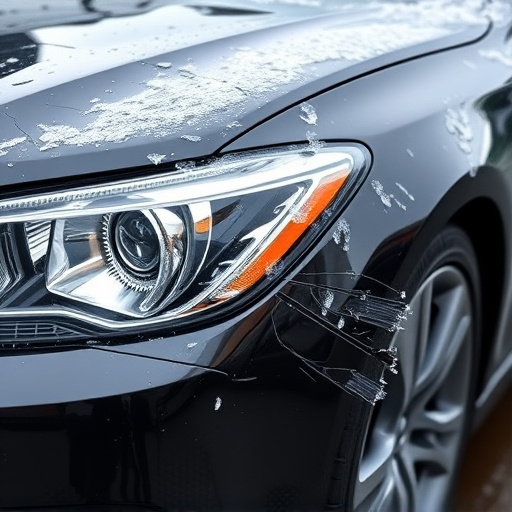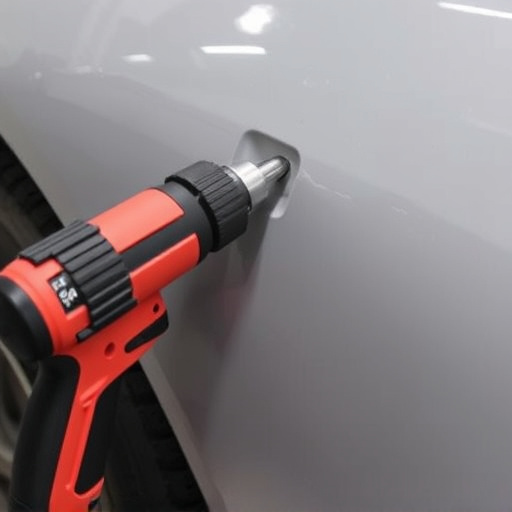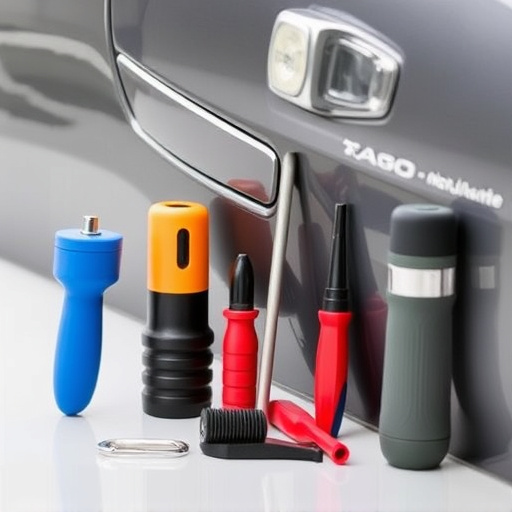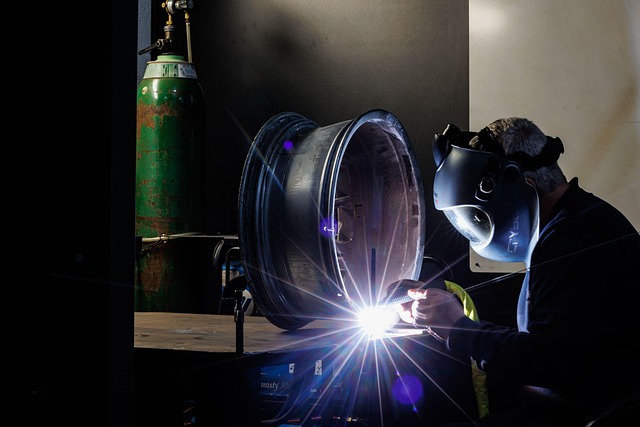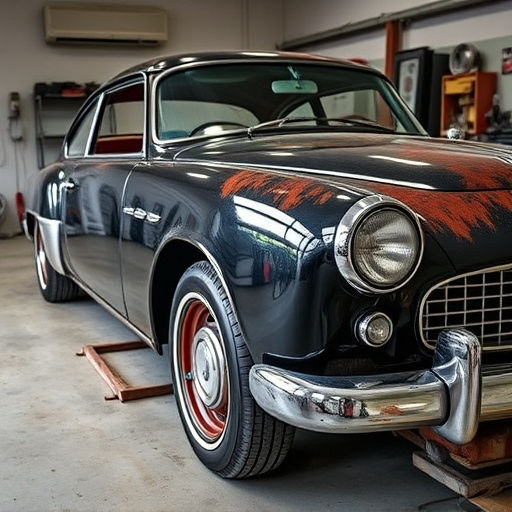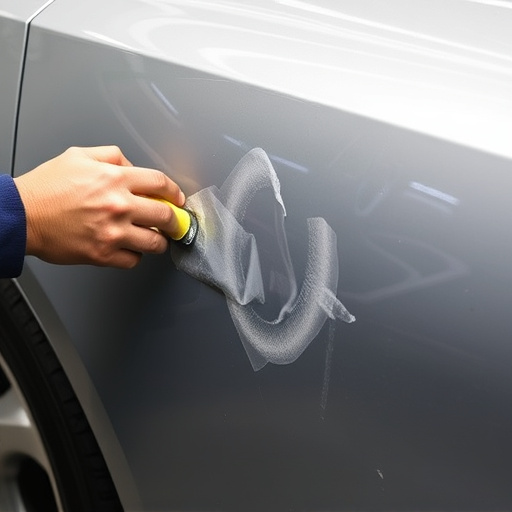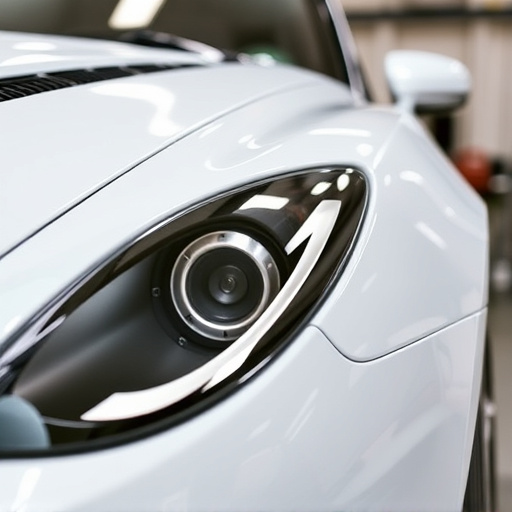Paintless dent repair (PDR) is a specialized collision repair technique that manipulates metal panels behind dents to restore vehicle appearance without replacing them. Effective for shallow or creased dents, PDR preserves original factory finishes, reduces restoration time and costs, and minimizes environmental impact. However, it has limitations for severe dents involving deep indentation or significant metal deformation; in such cases, traditional collision repair techniques are more suitable. Consulting a professional at an auto collision center is advised for comprehensive vehicle restoration when substantial metal damage exists.
“Discover the capabilities of Paintless Dent Repair (PDR) – a non-invasive car dent repair technique gaining popularity. This method, involving specialized tools and skilled technicians, promises to fix deep and creased dents without painting. While PDR is highly effective for minor to moderate dents, understanding its limitations is crucial.
This article breaks down the paintless dent repair method, explores its effectiveness, and guides car owners on when to consider alternative techniques for optimal results.”
- Understanding Paintless Dent Repair: The Basics
- Limitations and Effectiveness of the Method
- When to Consider Alternative Repair Techniques
Understanding Paintless Dent Repair: The Basics
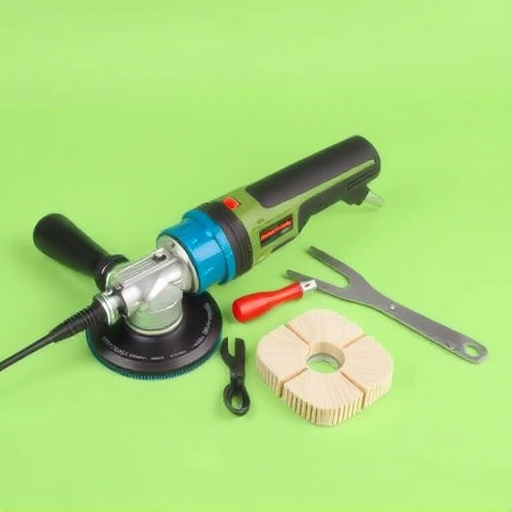
Paintless dent repair (PDR) is a specialized technique within the broader field of collision repair services. It’s a non-invasive method that aims to restore vehicle appearance by manipulating the metal panel, rather than replacing it like in traditional collision centers. The process involves carefully using specialized tools and trained expertise to apply pressure to the dented area from behind the panel, gently pushing or pulling it back into place until it disappears. This technique is particularly effective for shallow or creased dents, but its utility wanes with deep, complex damage.
PDR offers several advantages over conventional painting methods. It preserves the original factory finish, eliminating the need for extensive vehicle restoration and saving time and money. Moreover, because it minimizes the use of body shop materials and labor, PDR is often a more eco-friendly option. Skilled technicians can perform this process in a variety of settings, even in mobile collision repair services, making it a convenient solution for various vehicle issues, from minor door dings to more severe creases.
Limitations and Effectiveness of the Method
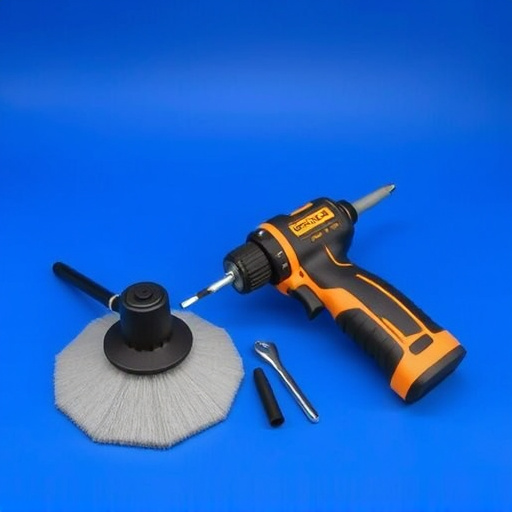
While paintless dent repair (PDR) has revolutionized auto body repairs by offering a non-invasive approach, it’s essential to recognize its limitations when it comes to severe dents. This method excels in addressing shallow indentations and minor creases, effectively restoring cars to their original condition without painting. However, for deep dents that involve significant metal deformation or creases that penetrate far into the panel, PDR might not provide the same level of restoration.
In cases of extensive frame straightening or auto body repair required to bring a vehicle back to its factory specifications, PDR may not be the primary solution. Advanced techniques and specialized equipment are often necessary for complex repairs. Nevertheless, for less severe dents, PDR offers a cost-effective and time-saving alternative to traditional painting and frame straightening methods, making it a popular choice among car owners and auto body shops alike.
When to Consider Alternative Repair Techniques
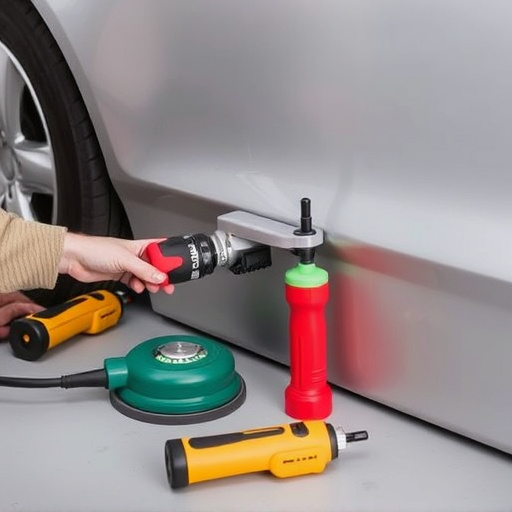
While paintless dent repair is an innovative and popular method for fixing minor dents and scratches on vehicle bodywork, it may not be suitable for all types of damage. Deep or creased dents, especially those that have caused the metal to bend or deform, often require more than just the paintless dent repair method. In such cases, traditional collision repair techniques might be a better fit.
If a dent has left visible indentations or if there is significant metal damage, it’s best to consult with a professional at an auto collision center. They can assess the extent of the damage and recommend the most effective solution, which could involve a combination of paintless dent repair and other collision repair services for complete vehicle restoration.
While paintless dent repair (PDR) is an effective method for addressing minor dents and dings, it may not be suitable for deep or creased dents. In such cases, traditional repair techniques might offer better results. Understanding the limitations of PDR helps vehicle owners make informed decisions about their car’s cosmetic repairs. Knowing when to opt for alternative methods ensures optimal vehicle restoration.


